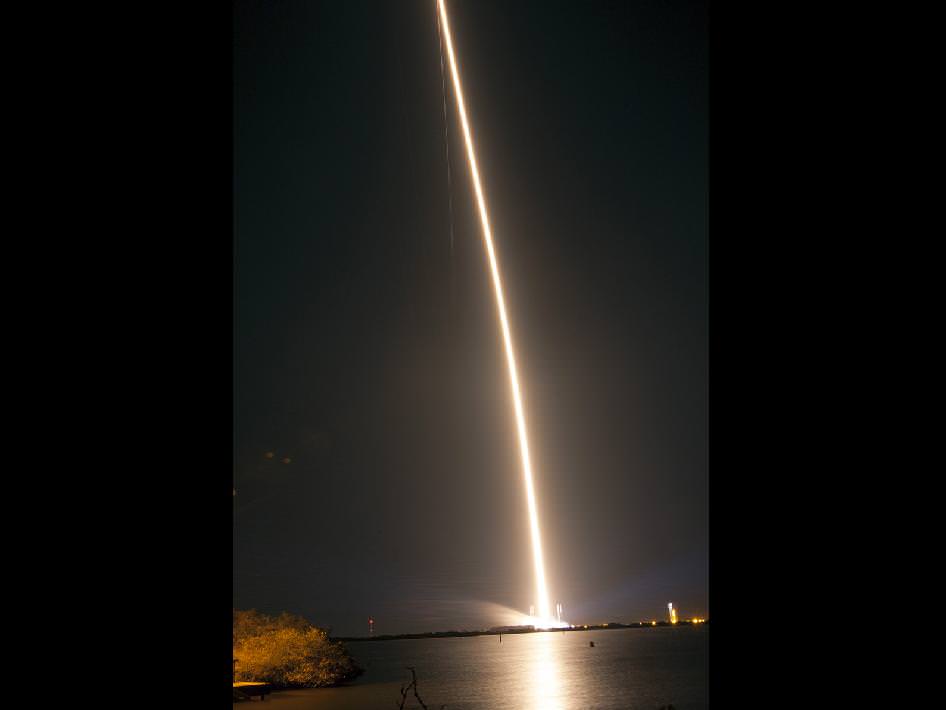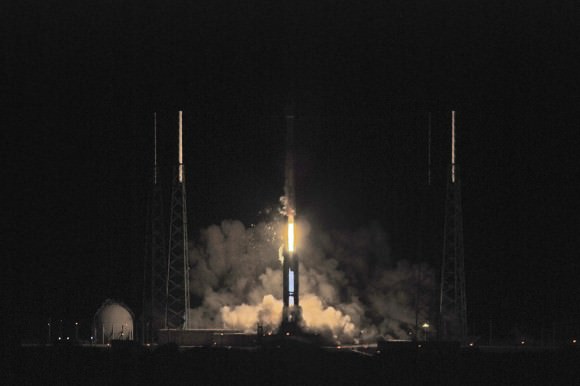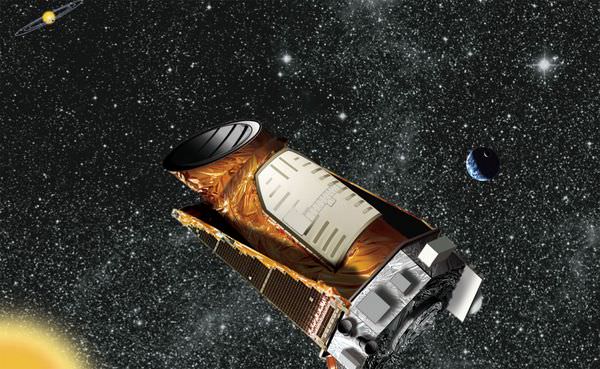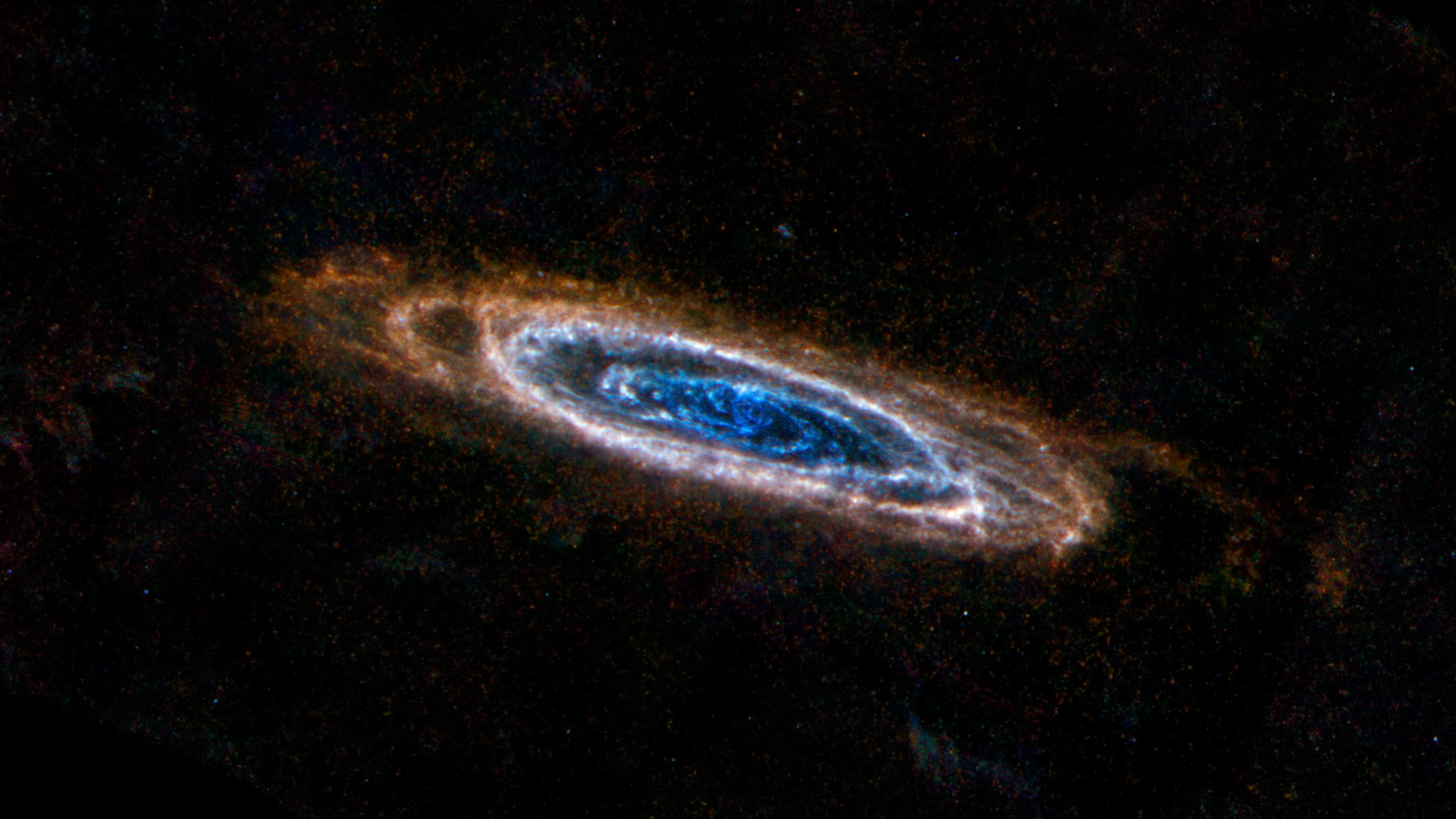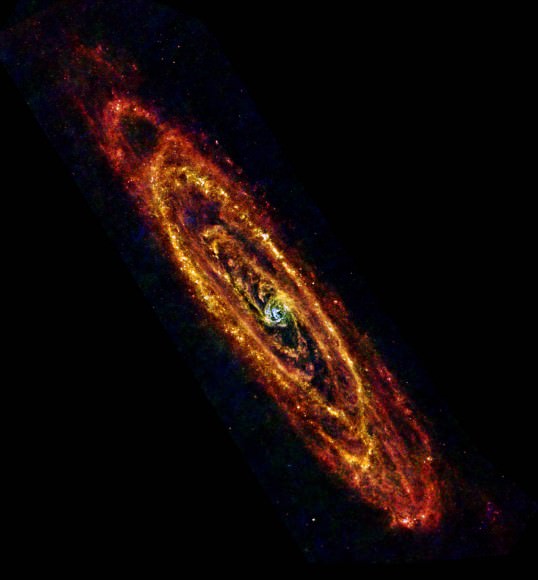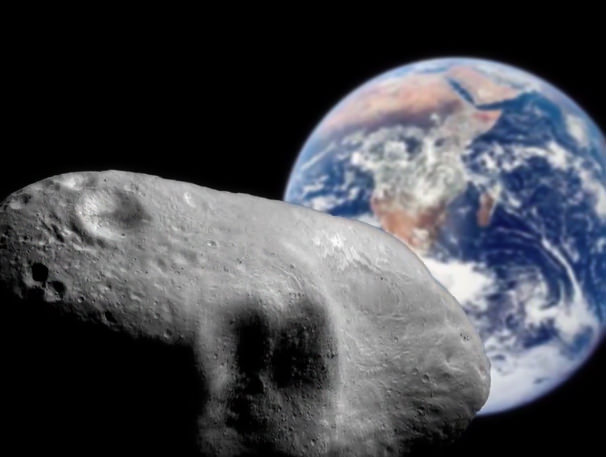“Unraveling the Universe’s Mysteries” is Louis A. Del Monte’s contribution to the world of science writing. If you haven’t heard of him, don’t be surprised. He’s not a prolific author or researcher, but worked in the development of microelectronics for the US companies IBM and Honeywell before forming a high-tech e-marketing agency.
The book lives up to its title and long subtitle: “Explore sciences’ most baffling mysteries, including the Big Bang’s origin, time travel, dark energy, humankind’s fate, and more.” It covers string theory, the Big Bang, dark matter, dark energy, time travel, the existence of God, and other mysterious aspects of our Universe. Del Monte also discusses artificial intelligence, the end of the Universe, and the mysterious nature of light. These subjects have all been covered in great detail by other authors in other books. How does Del Monte’s treatment of these subjects stand up in comparison?
Not great, in my opinion. The writing is somehow uninviting. The book reads more like a textbook or a lecture than it does a science book for an interested audience. It’s somewhat dry, and the writing is kind of heavy. After looking into Del Monte’s background, it becomes clear why. He’s an engineer, and his background is in writing technical papers.
This book is a bit of a puzzle, as is the author himself. I’ve mentioned the problems with the writing, but there are other issues. In one instance Del Monte references a study from the Journal of Cosmology. If you haven’t heard of that journal, it’s come under heavy criticism for its peer-review process, and isn’t highly regarded in science circles. The Journal of Cosmology seems to be a journal for people with an axe to grind around certain issues more than a healthy part of the science journal community. To be quoting studies from it is a bit of a black mark, in my opinion.
In another instance, he opens the chapter on Advanced Aliens with a quote from “Chariot of the Gods”, that old book/documentary from the 1970’s that just won’t seem to die, no matter how discredited it is. The main thrust of “Chariot of the Gods” is that human civilisation got a technological boost from visitations by advanced aliens. Readers can judge for themselves the wisdom of quoting “Chariot of the Gods” in a science book.
The publisher bills the book as “a new theory to explain one of cosmology’s most profound mysteries, the accelerated expansion of the universe,” and that Del Monte “presents an original solution to Einstein’s equations of special relativity.” But without conducting peer reviewed research, the validity of his theory comes into question.
If I seem puzzled by this book, it’s because I am. Del Monte seems to be a bit of an outsider when it comes to writing about astronomy and cosmology. He has no background in it. There’s nothing wrong with that in principle; there’s always room for new perspectives in science. But I can’t help thinking that he could’ve benefited from working more closely with an experienced editor.
Readers will get something out of this book; it’s an interesting discussion of the mysterious aspects of our Universe. But it’s also a somewhat strange book. For those of you who decide to read it, you’re in for an interesting read.
For more information about Louis Del Monte, see his website.


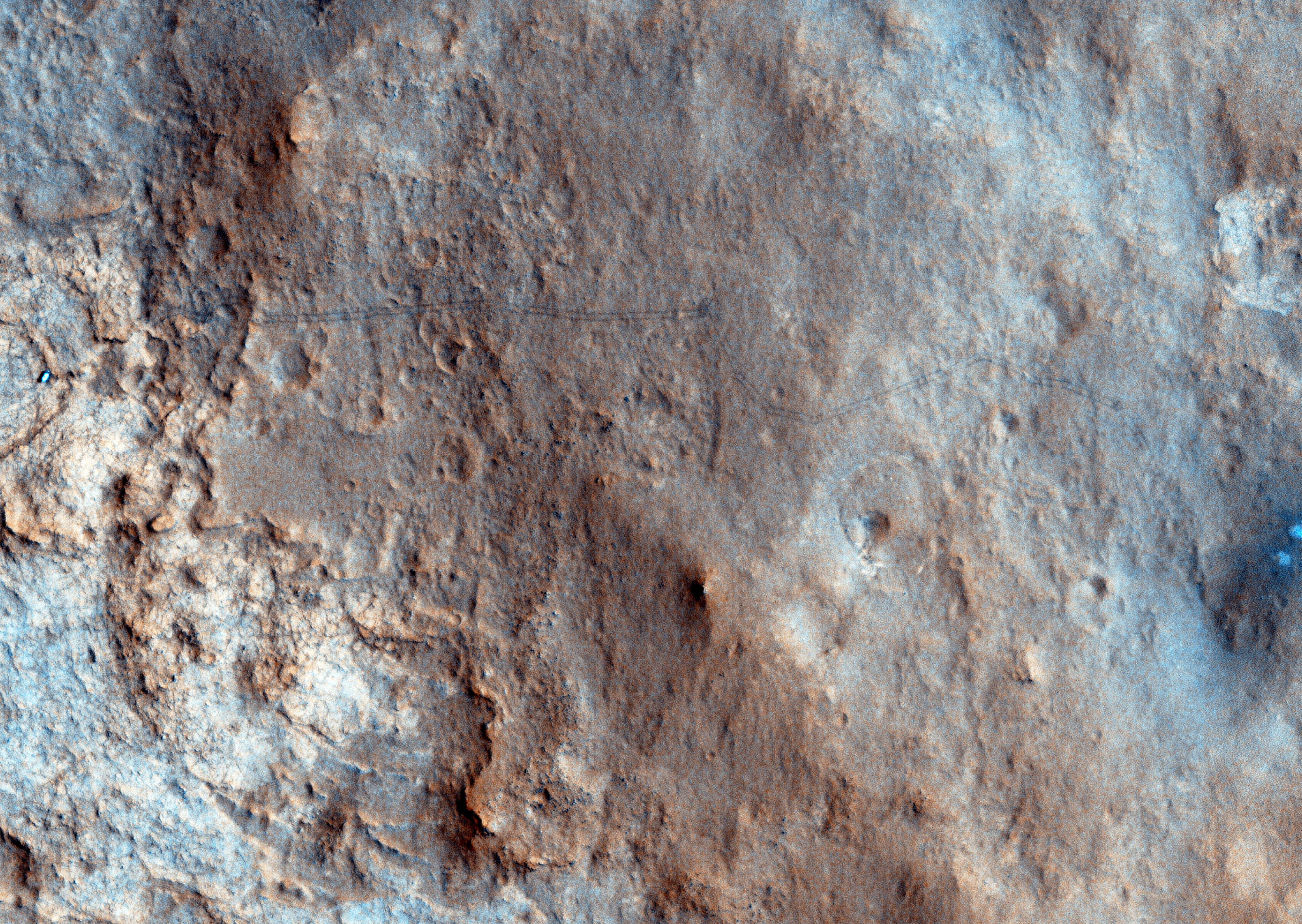


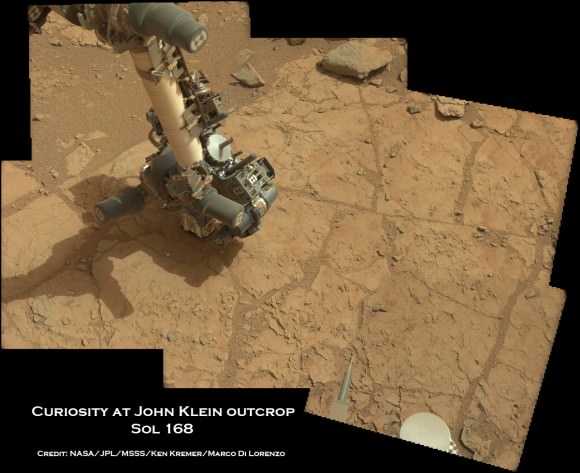

![PIA16716_ip[1]](https://www.universetoday.com/wp-content/uploads/2013/01/PIA16716_ip1-580x580.jpg)

